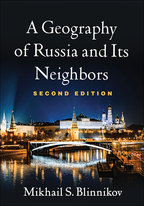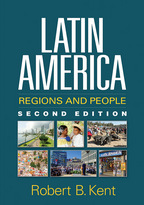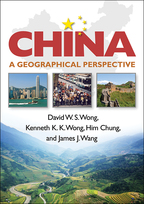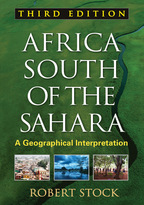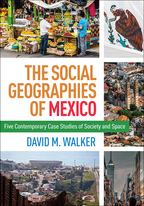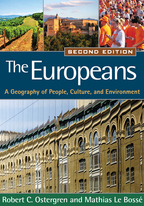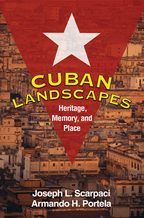A Geography of Russia and Its Neighbors
Second Edition
Mikhail S. Blinnikov
HardcoverPaperbacke-bookprint + e-book
Hardcover
orderFebruary 17, 2021
ISBN 9781462544615
Price: $117.00 518 Pages
Size: 7" x 10"
Paperback
orderFebruary 17, 2021
ISBN 9781462544592
Price: $78.00518 Pages
Size: 7" x 10"
Authoritative yet accessible, the definitive undergraduate text on Russian geography and culture has now been thoroughly revised with current data and timely topics, such as the annexation of Crimea and Sevastopol and other background for understanding Russia's 2022 invasion of Ukraine. Thematic chapters provide up-to-date coverage of Russia's physical, political, cultural, and economic geography. Regional chapters focus on the country's major regions and the other 14 former Soviet republics. Written in a lucid, conversational style by a Russian-born international expert, the concise chapters interweave vivid descriptions of urban and rural landscapes, examinations of Soviet and post-Soviet life, deep knowledge of environmental and conservation issues, geopolitical insights, engaging anecdotes, and rigorous empirical data. Over 200 original maps, photographs, and other figures are also available as PowerPoint slides at the companion website, many in color.
New to This Edition
New to This Edition
- Separate chapter on Ukraine and Crimea, covering events through 2019.
- Timely topics—the political crisis in Ukraine and annexation of Crimea and Sevastopol; the return of Putin as president; climate change and environmental degradation; economic slowdown; political shifts in the republics; the role of Russian-backed forces in Syria, Libya, and Central African Republic; changes in Russia–United States relations; and more.
- Thoroughly updated population, economic, and political data.
- 80 new or updated figures, tables, and maps.
- End-of-chapter review questions, suggested assignments, and in-class exercises.
- Within-chapter vignettes about Russian places, culture, and history.
- End-of-chapter internet resources and suggestions for further reading.
- Companion website with all figures and maps from the book, many in full color.

